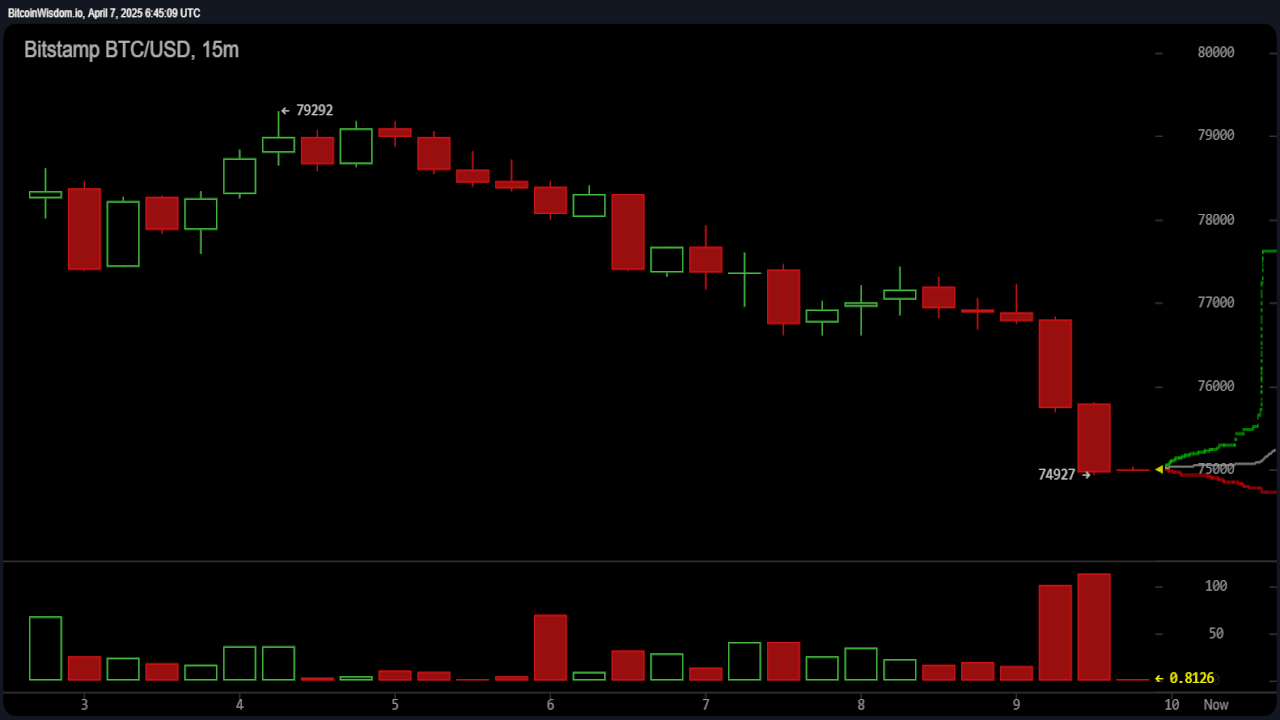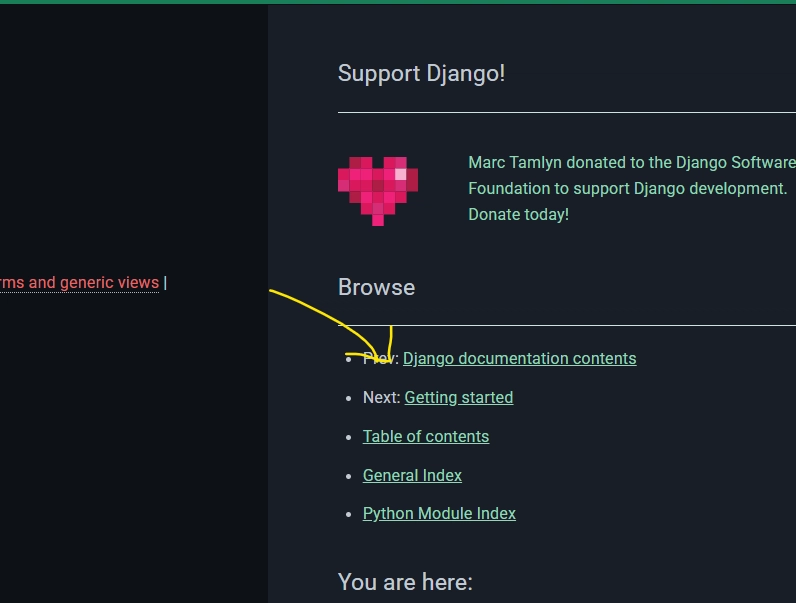How to build Solana Arbitrage Bot
Introduction Arbitrage trading is a powerful strategy in the crypto world that allows traders to profit from price differences between different exchanges. In this article, we’ll build a Solana arbitrage bot that trades a single token between Raydium and Pump.fun, taking advantage of price discrepancies. What is an Arbitrage Bot? An arbitrage bot is a program that automatically detects and executes trades when there is a price difference for the same asset across multiple markets. In our case, the bot will monitor Raydium and Pump.fun for price variations and execute buy and sell orders to make a profit. Types of Arbitrage Simple Arbitrage: Buying low on one exchange and selling high on another. Triangular Arbitrage: Involves three different assets for profit-making. Statistical Arbitrage: Uses mathematical models to predict profitable trades. Our focus will be on simple arbitrage between Raydium and Pump.fun. Why Use an Arbitrage Bot? (Advantages) Automated Trading: The bot operates 24/7, identifying opportunities faster than manual trading. Instant Execution: Eliminates the lag between identifying and acting on an arbitrage opportunity. High ROI Potential: Arbitrage trading can yield consistent profits with low risk compared to traditional trading strategies. Numerical Profitability: Example: If TokenX is priced at $1.00 on Raydium and $1.05 on Pump.fun, a bot can buy at $1.00 and sell at $1.05, making $0.05 per token instantly. A trader manually executing these trades might be slower, reducing the profitability. Steps to Build the Solana Arbitrage Bot in TypeScript 1. Set Up the Development Environment Install the required dependencies: npm init -y npm install @solana/web3.js axios dotenv 2. Connect to Solana Blockchain import { Connection, clusterApiUrl } from "@solana/web3.js"; const connection = new Connection(clusterApiUrl("mainnet-beta")); 3. Fetch Token Prices from Raydium and Pump.fun import axios from "axios"; async function getPriceRaydium(tokenAddress: string) { const response = await axios.get(`{% embed https://api.raydium.io/v2/sdk/token/${tokenAddress} %}`); return response.data.price; } async function getPricePumpFun(tokenAddress: string) { const response = await axios.get(`{% embed https://pump.fun/api/token/${tokenAddress} %}`); return response.data.price; } 4. Detect Arbitrage Opportunity async function checkArbitrage(tokenAddress: string) { const priceRaydium = await getPriceRaydium(tokenAddress); const pricePumpFun = await getPricePumpFun(tokenAddress); if (priceRaydium < pricePumpFun) { console.log("Buy on Raydium, sell on Pump.fun!"); } else if (pricePumpFun < priceRaydium) { console.log("Buy on Pump.fun, sell on Raydium!"); } else { console.log("No arbitrage opportunity found."); } } 5. Execute Trades (Pseudo Code) async function executeTrade(action: string, exchange: string, tokenAddress: string, amount: number) { console.log(`${action} ${amount} of ${tokenAddress} on ${exchange}`); // Integrate with exchange APIs to execute trades } 6. Automate the Bot setInterval(async () => { await checkArbitrage("TOKEN_ADDRESS_HERE"); }, 5000); Enhancements and Next Steps Gas Fee Optimization: Ensure that the profits outweigh transaction fees. Slippage Protection: Avoid price fluctuations affecting execution. Multi-Token Support: Expand beyond a single token for increased profitability. Real Trading Integration: Connect APIs for automatic execution. Conclusion By building an arbitrage bot in TypeScript, we can take advantage of price inefficiencies between Raydium and Pump.fun. This bot can operate autonomously and optimize crypto trading strategies. With further enhancements, such as real-time execution and slippage protection, this approach can be a sustainable source of profits in the volatile crypto market.
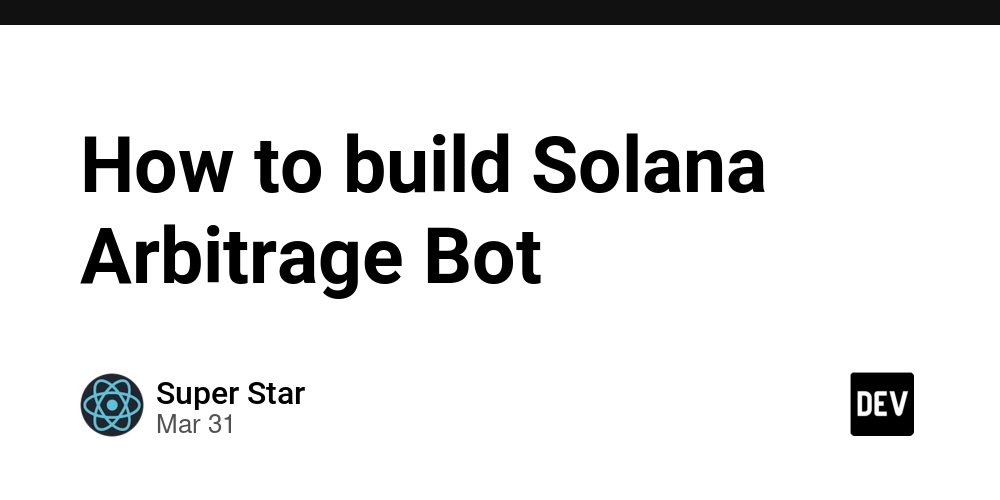
Introduction
Arbitrage trading is a powerful strategy in the crypto world that allows traders to profit from price differences between different exchanges. In this article, we’ll build a Solana arbitrage bot that trades a single token between Raydium and Pump.fun, taking advantage of price discrepancies.
What is an Arbitrage Bot?
An arbitrage bot is a program that automatically detects and executes trades when there is a price difference for the same asset across multiple markets. In our case, the bot will monitor Raydium and Pump.fun for price variations and execute buy and sell orders to make a profit.
Types of Arbitrage
Simple Arbitrage: Buying low on one exchange and selling high on another.
Triangular Arbitrage: Involves three different assets for profit-making.
Statistical Arbitrage: Uses mathematical models to predict profitable trades.
Our focus will be on simple arbitrage between Raydium and Pump.fun.
Why Use an Arbitrage Bot? (Advantages)
Automated Trading: The bot operates 24/7, identifying opportunities faster than manual trading.
Instant Execution: Eliminates the lag between identifying and acting on an arbitrage opportunity.
High ROI Potential: Arbitrage trading can yield consistent profits with low risk compared to traditional trading strategies.
Numerical Profitability:
Example: If TokenX is priced at $1.00 on Raydium and $1.05 on Pump.fun, a bot can buy at $1.00 and sell at $1.05, making $0.05 per token instantly.
A trader manually executing these trades might be slower, reducing the profitability.
Steps to Build the Solana Arbitrage Bot in TypeScript
1. Set Up the Development Environment
Install the required dependencies:
npm init -y
npm install @solana/web3.js axios dotenv
2. Connect to Solana Blockchain
import { Connection, clusterApiUrl } from "@solana/web3.js";
const connection = new Connection(clusterApiUrl("mainnet-beta"));
3. Fetch Token Prices from Raydium and Pump.fun
import axios from "axios";
async function getPriceRaydium(tokenAddress: string) {
const response = await axios.get(`{% embed https://api.raydium.io/v2/sdk/token/${tokenAddress} %}`);
return response.data.price;
}
async function getPricePumpFun(tokenAddress: string) {
const response = await axios.get(`{% embed https://pump.fun/api/token/${tokenAddress} %}`);
return response.data.price;
}
4. Detect Arbitrage Opportunity
async function checkArbitrage(tokenAddress: string) {
const priceRaydium = await getPriceRaydium(tokenAddress);
const pricePumpFun = await getPricePumpFun(tokenAddress);
if (priceRaydium < pricePumpFun) {
console.log("Buy on Raydium, sell on Pump.fun!");
} else if (pricePumpFun < priceRaydium) {
console.log("Buy on Pump.fun, sell on Raydium!");
} else {
console.log("No arbitrage opportunity found.");
}
}
5. Execute Trades (Pseudo Code)
async function executeTrade(action: string, exchange: string, tokenAddress: string, amount: number) {
console.log(`${action} ${amount} of ${tokenAddress} on ${exchange}`);
// Integrate with exchange APIs to execute trades
}
6. Automate the Bot
setInterval(async () => {
await checkArbitrage("TOKEN_ADDRESS_HERE");
}, 5000);
Enhancements and Next Steps
- Gas Fee Optimization: Ensure that the profits outweigh transaction fees.
- Slippage Protection: Avoid price fluctuations affecting execution.
- Multi-Token Support: Expand beyond a single token for increased profitability.
- Real Trading Integration: Connect APIs for automatic execution.
Conclusion
By building an arbitrage bot in TypeScript, we can take advantage of price inefficiencies between Raydium and Pump.fun. This bot can operate autonomously and optimize crypto trading strategies. With further enhancements, such as real-time execution and slippage protection, this approach can be a sustainable source of profits in the volatile crypto market.









































































































































































![[The AI Show Episode 142]: ChatGPT’s New Image Generator, Studio Ghibli Craze and Backlash, Gemini 2.5, OpenAI Academy, 4o Updates, Vibe Marketing & xAI Acquires X](https://www.marketingaiinstitute.com/hubfs/ep%20142%20cover.png)


















































































































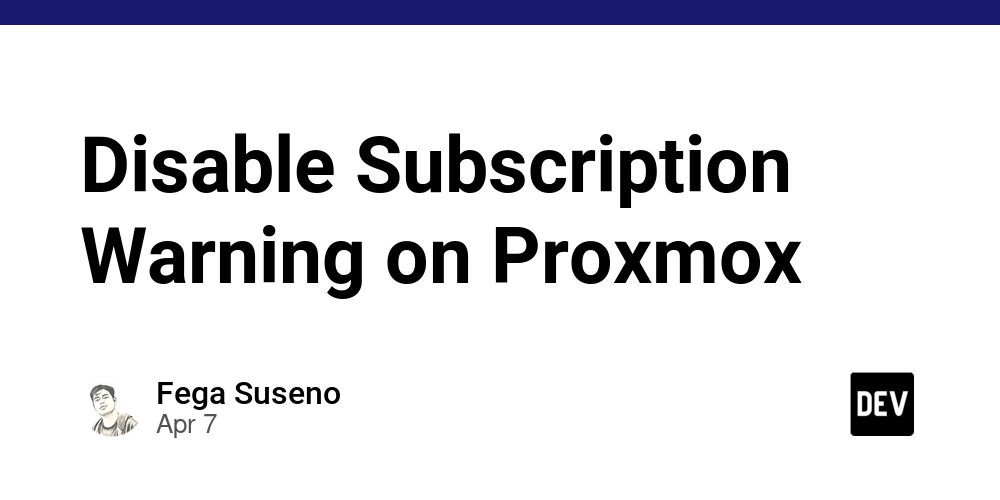
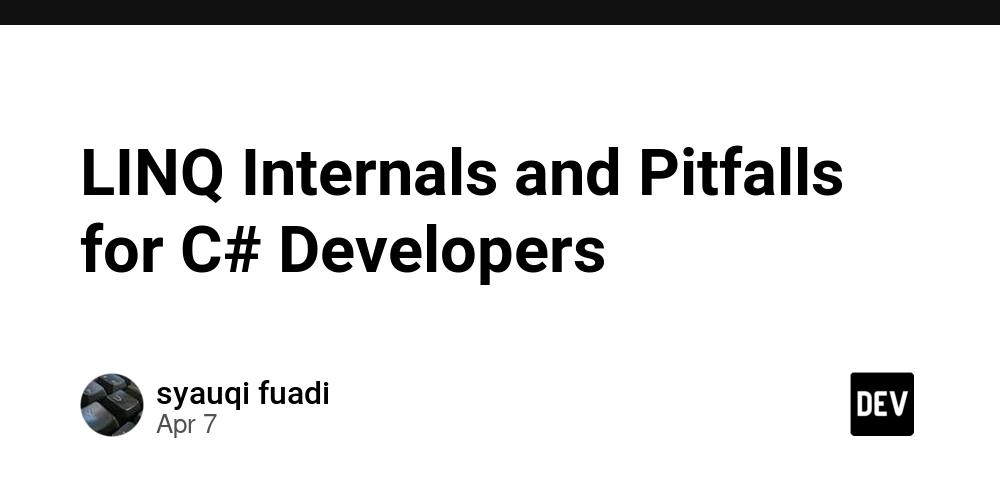











![[DEALS] The Premium Learn to Code Certification Bundle (97% off) & Other Deals Up To 98% Off – Offers End Soon!](https://www.javacodegeeks.com/wp-content/uploads/2012/12/jcg-logo.jpg)

![From drop-out to software architect with Jason Lengstorf [Podcast #167]](https://cdn.hashnode.com/res/hashnode/image/upload/v1743796461357/f3d19cd7-e6f5-4d7c-8bfc-eb974bc8da68.png?#)







































































































.png?#)



































_Christophe_Coat_Alamy.jpg?#)
.webp?#)
.webp?#)








































































































![Apple Considers Delaying Smart Home Hub Until 2026 [Gurman]](https://www.iclarified.com/images/news/96946/96946/96946-640.jpg)
![iPhone 17 Pro Won't Feature Two-Toned Back [Gurman]](https://www.iclarified.com/images/news/96944/96944/96944-640.jpg)
![Tariffs Threaten Apple's $999 iPhone Price Point in the U.S. [Gurman]](https://www.iclarified.com/images/news/96943/96943/96943-640.jpg)

























































































































